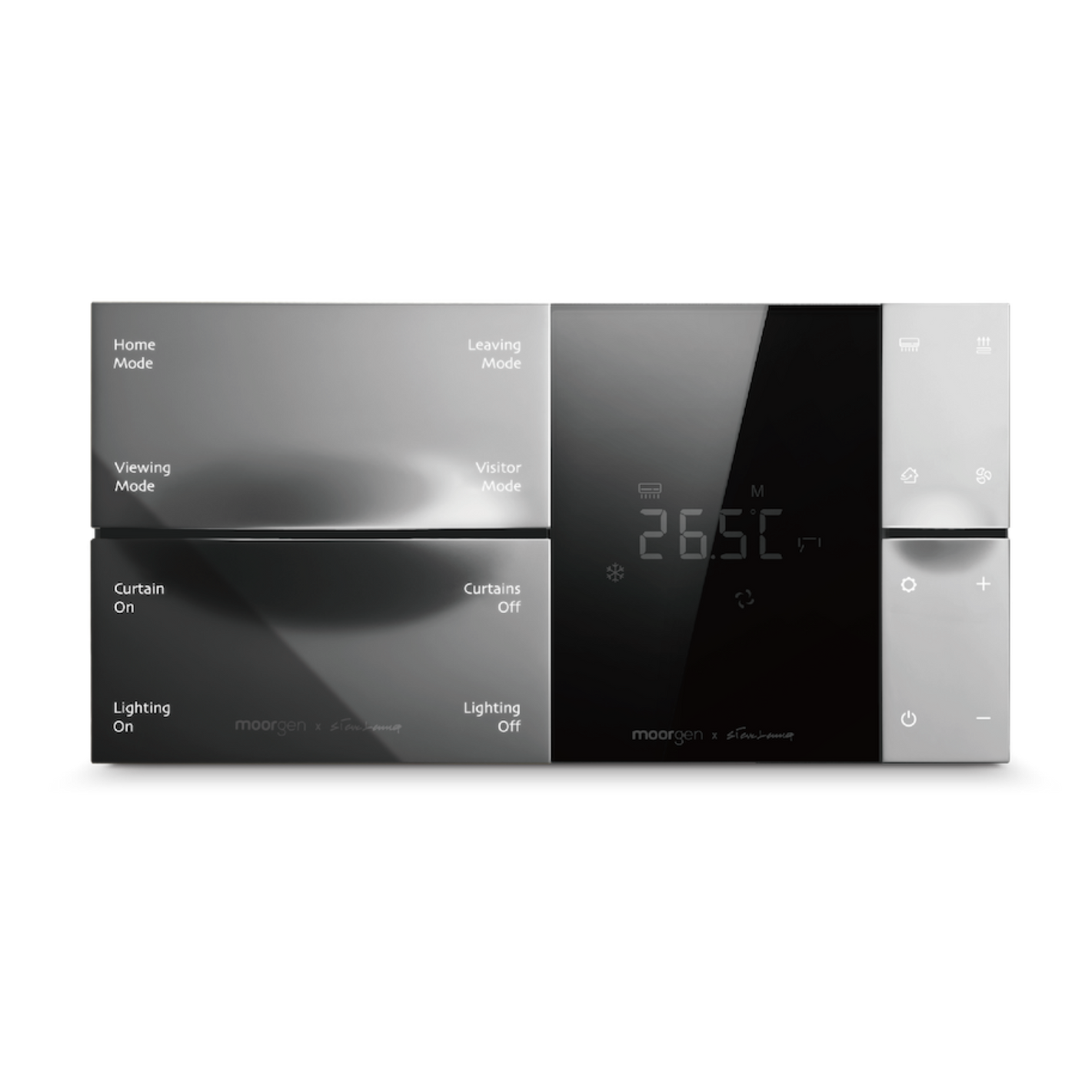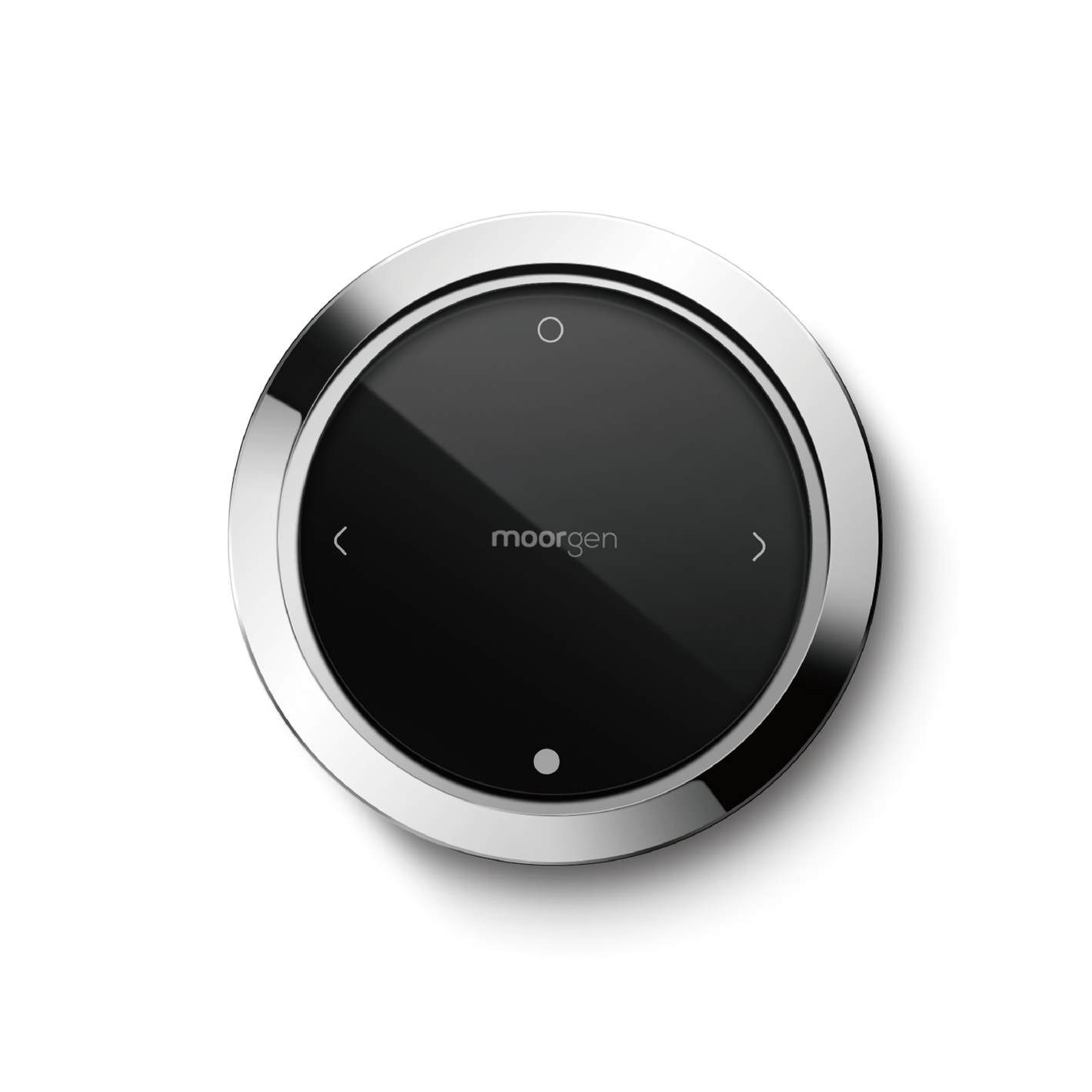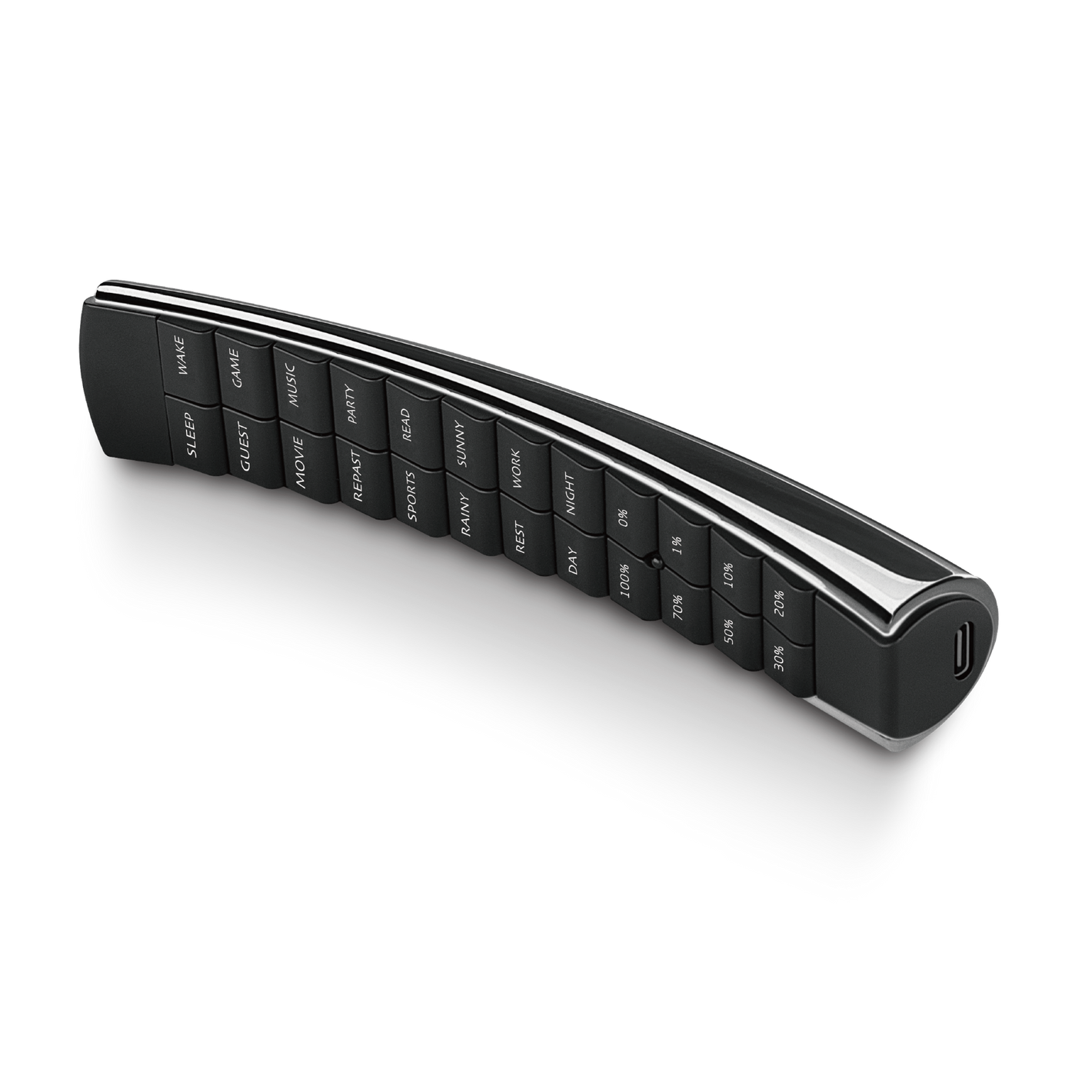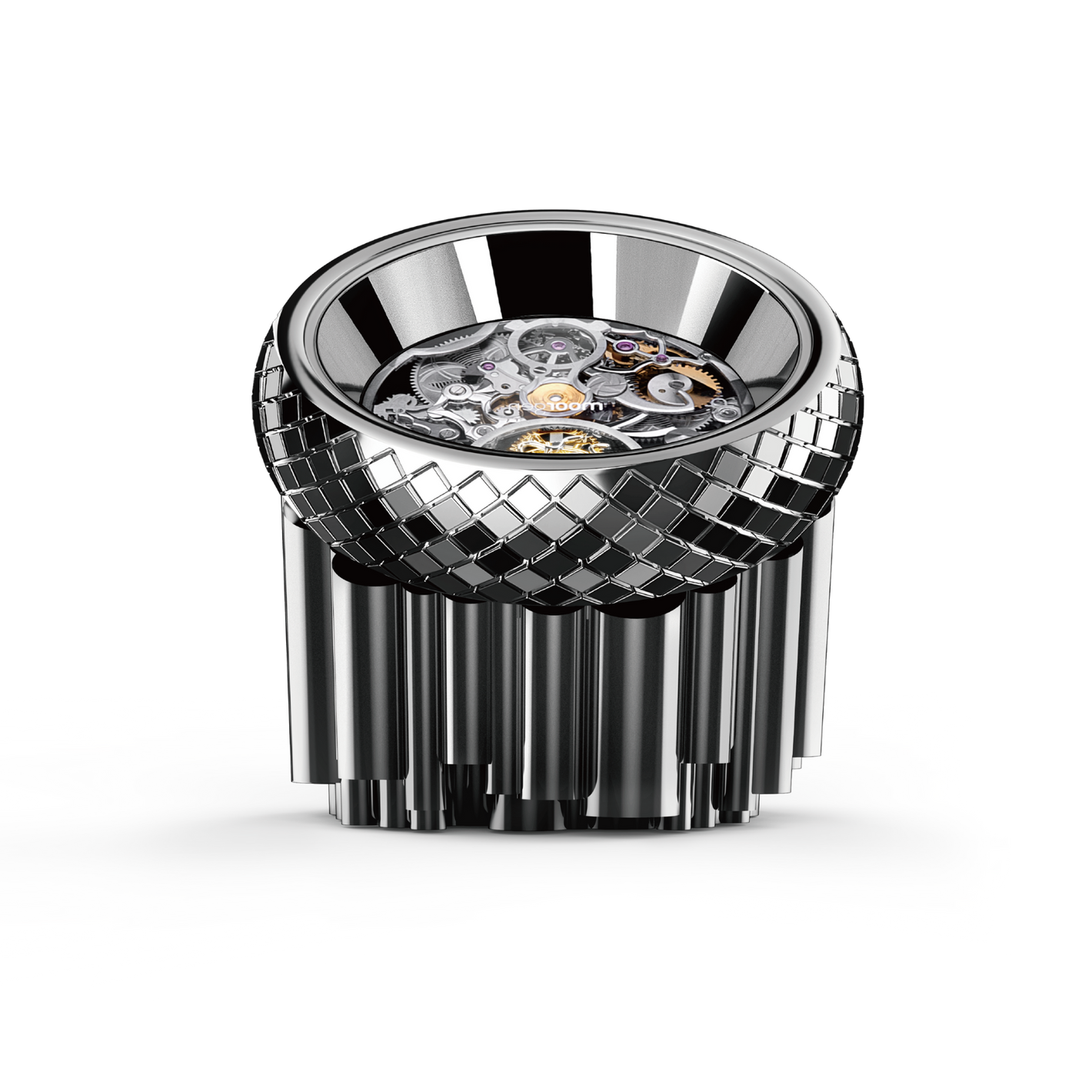How to Make Your Fridge More Energy-Efficient
The fridge is one of those appliances every home needs, running 24/7 and consuming a fair amount of electricity. But did you know there are easy ways to cut down on its energy usage? With a few simple tips, you can reduce your fridge’s power consumption and save a good chunk of your electricity bill.
Choose the Right Fridge Model and Size
The first step to saving on electricity is picking an energy-efficient fridge. When buying, look for models with a “Grade 1” energy label, as these are the most efficient and use less power throughout the year. Also, getting the right fridge size is important. Choosing a fridge that’s too big wastes electricity. As a rule of thumb, each family member needs about 60-80 liters of fridge space, so a 240-320 liter fridge should be perfect for a family of four.
Inverter Compressors and Eco-Friendly Refrigerants
The design of your fridge’s compressor plays a big role in how much electricity it uses. Modern fridges often come with inverter compressors, which are much more efficient than traditional fixed-speed compressors. Inverter compressors adjust their speed based on the fridge’s internal temperature, saving up to 30-50% in electricity. Also, consider models that use eco-friendly refrigerants like R600a, which are not only better for the environment but can further reduce energy consumption.
Placement and Ventilation
Where you place your fridge can greatly affect how much energy it uses. Make sure to put it in a cool, well-ventilated area, away from direct sunlight and heat sources like ovens. Leave some space around the fridge, especially at the back and sides, for proper air circulation. Avoid placing items on top of the fridge, especially things with moisture that could seep into the fridge and affect the motor’s performance. Regularly clean the top and sides of the fridge to ensure good ventilation and prevent the motor from overworking.
Reduce Door Opening and Keep It Filled Just Right
Opening the fridge door frequently lets out cold air, forcing the compressor to work harder to maintain the temperature. Try to minimize how often you open the door and close it quickly after taking out or putting in items. As for how full to keep your fridge, aim for about 80% capacity to allow air to circulate properly. On the other hand, it’s better to keep the freezer as full as possible. Frozen food acts like large ice blocks that help the freezer stay cold, saving energy.
Maintain the Door Seals
The seals around your fridge door are key to keeping it energy-efficient. They ensure the door closes tightly, preventing cold air from escaping. If you notice the seals are worn out or deformed, it’s time to replace them. Damaged seals force the fridge to work harder, increasing power consumption.
Adjust the Temperature Settings and Cool Food Before Storing
Your fridge’s temperature settings directly impact its energy use. There’s no need to keep it at the coldest setting all the time. Adjust the temperature based on the season and the amount of food you’re storing. In winter, you can set it a bit higher to avoid wasting energy. Also, always let hot food or soup cool down to room temperature before placing it in the fridge. This reduces the fridge’s workload and saves electricity.
LED Lighting and Holiday Mode
Fridges with LED lighting are more energy-efficient than those with traditional incandescent bulbs. LED lights generate less heat and last longer, which means they won’t affect the fridge’s internal temperature as much. Some fridges also have energy-saving or holiday modes. If you’re not going to use the fridge for an extended period, switch to these modes to reduce energy consumption.
Understanding the Energy Factor (EF) and Choosing the Right Fridge
The Energy Factor (EF) is a useful metric for understanding a fridge’s energy efficiency. The higher the EF, the more energy-efficient the fridge is. You can calculate EF with this formula:
EF = Net volume (liters) ÷ Monthly power consumption (kWh/month)
When shopping for a fridge, checking the EF can help you choose a model that will save you more energy in the long run.
We hope this Moorgenzine article helps you understand how to save energy with your fridge for everyday use. If you’d like to experience how smart homes can improve your life, feel free to visit Moorgen’s showroom in North Point, Hong Kong, and see "real smart home" technology in action.
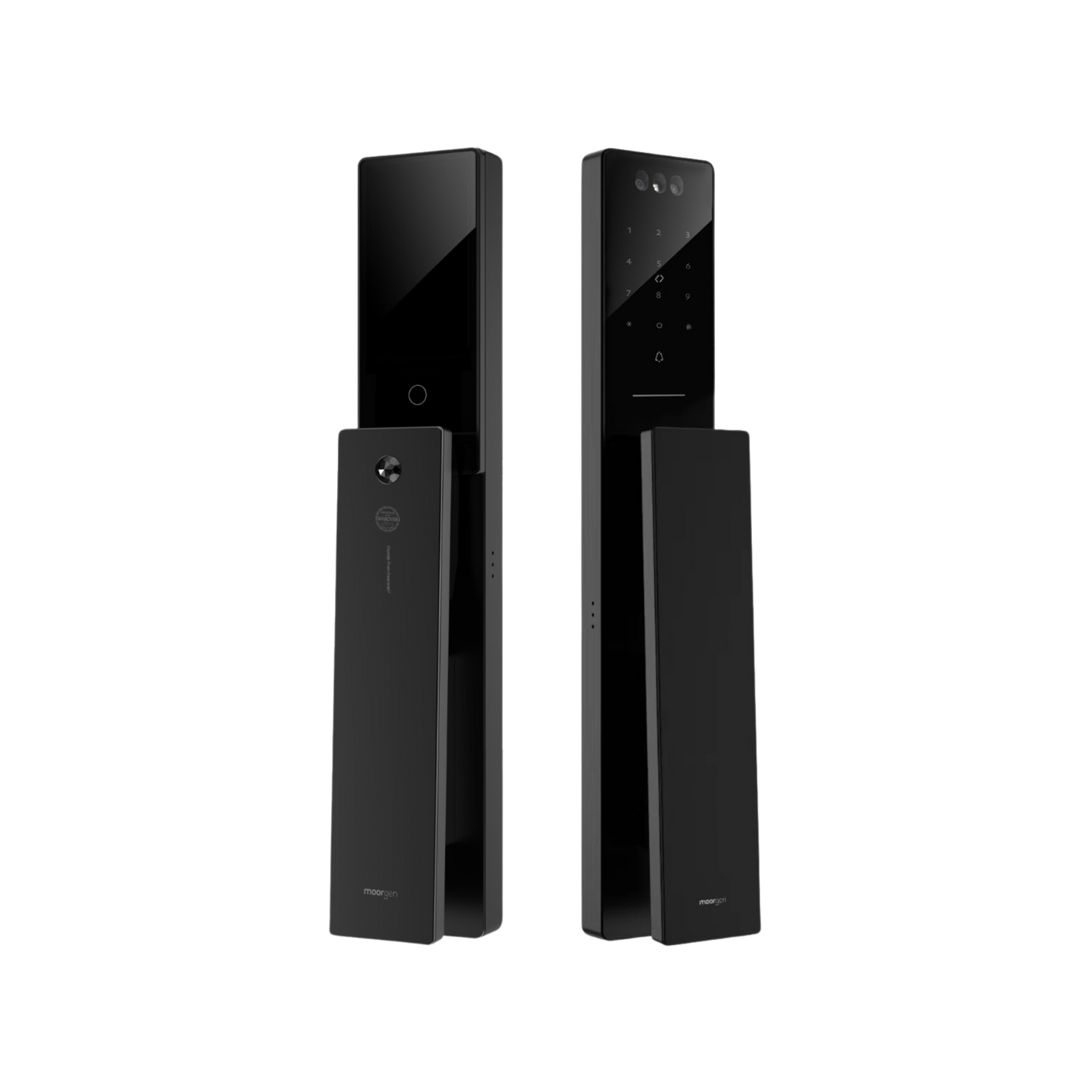


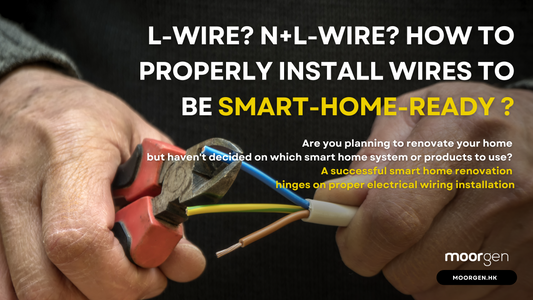

![[Smart Living] How to Choose a Smart Power Strip? Swift Transform Your Home into a Smart Home!](http://moorgen.hk/cdn/shop/articles/blog_cover_moorgen_how_to_choose_smart_power_strip.png?v=1728137093&width=533)
![[Smart Living] How to Choose LED Bulbs? Which Ones Are the Most Energy-Efficient?](http://moorgen.hk/cdn/shop/articles/blog_cover_moorgen_how_to_choose_led_bulbs.png?v=1728136975&width=533)
![[Smart Living] How to Choose an Instant Hot Water Dispenser and Use It Efficiently?](http://moorgen.hk/cdn/shop/articles/blog_cover_moorgen_how_to_choose_instant_hot_water_dispenser.png?v=1728136837&width=533)
![[Smart Living] 5 Energy-Saving Tips for Electric Kettles](http://moorgen.hk/cdn/shop/articles/blog_cover_moorgen_energy_saving_tips_electric_kettles.png?v=1728136710&width=533)
